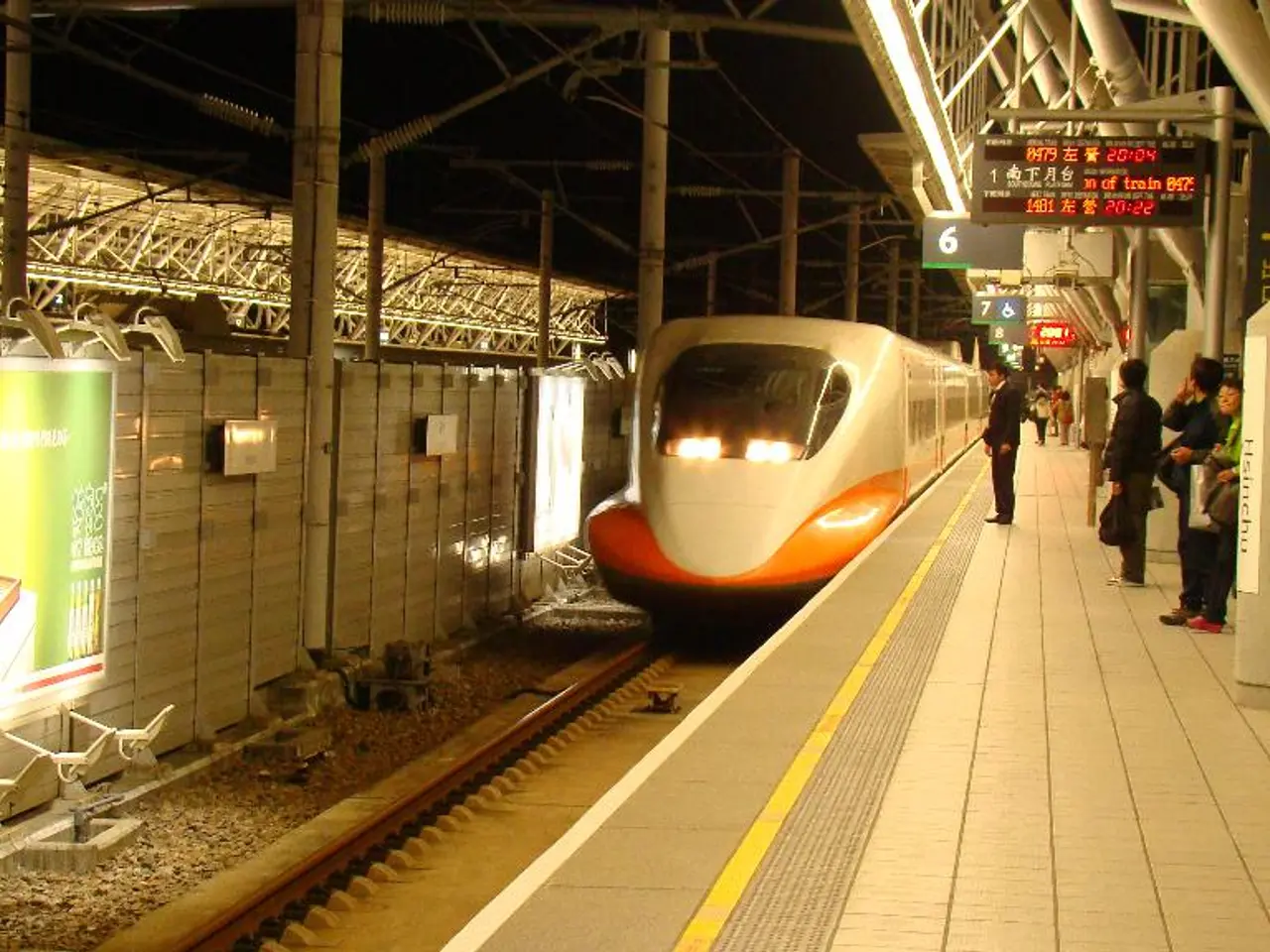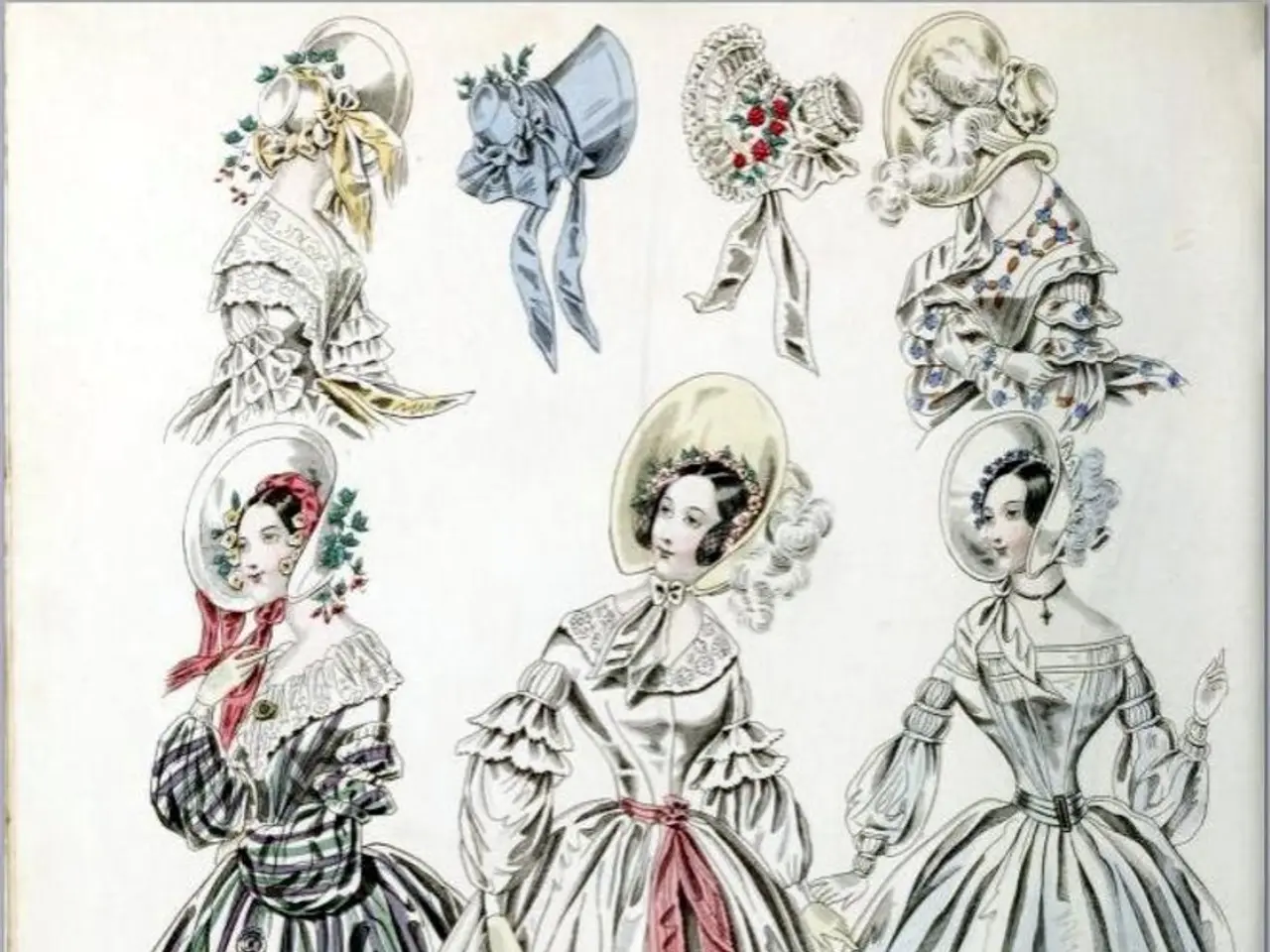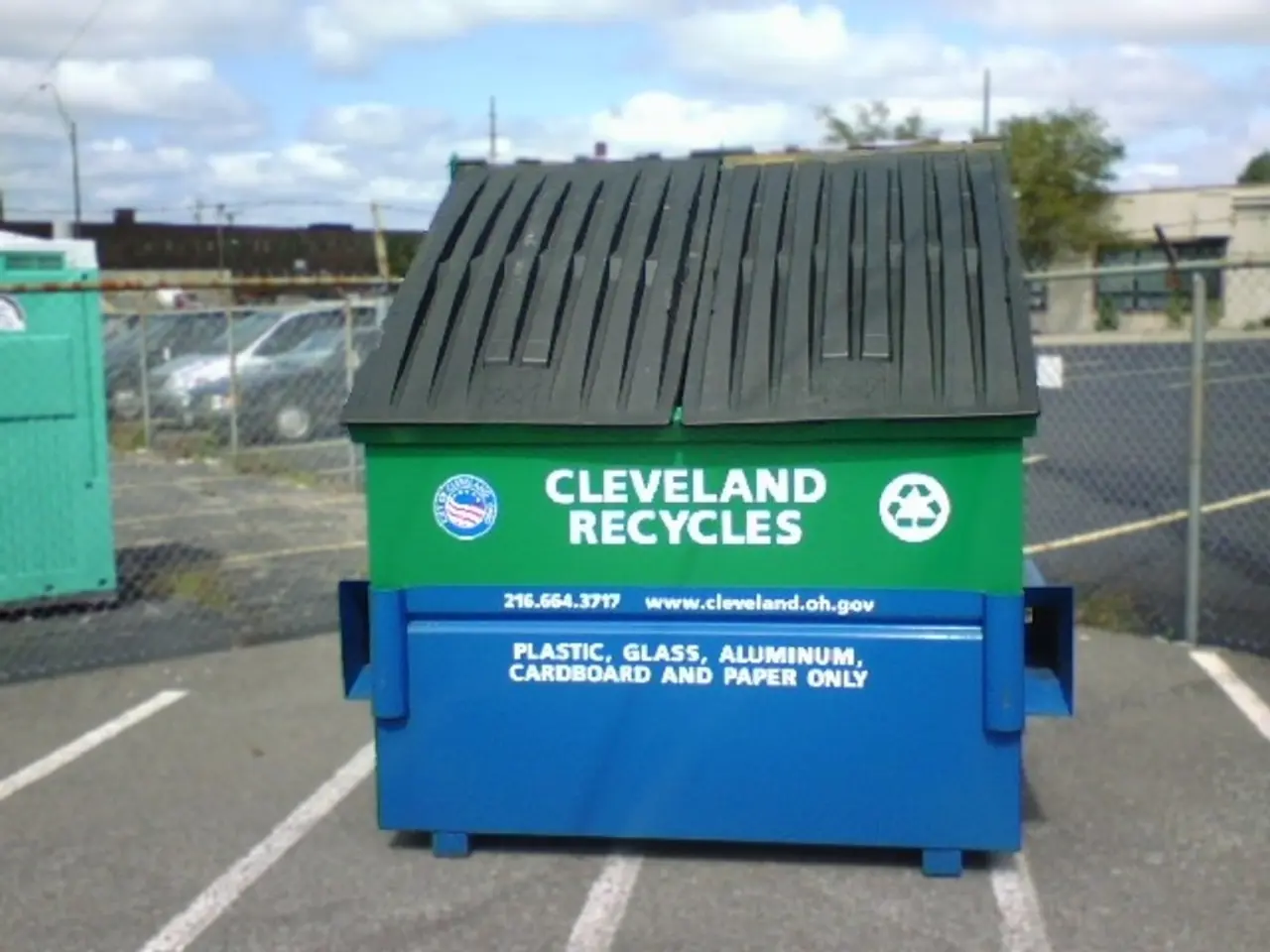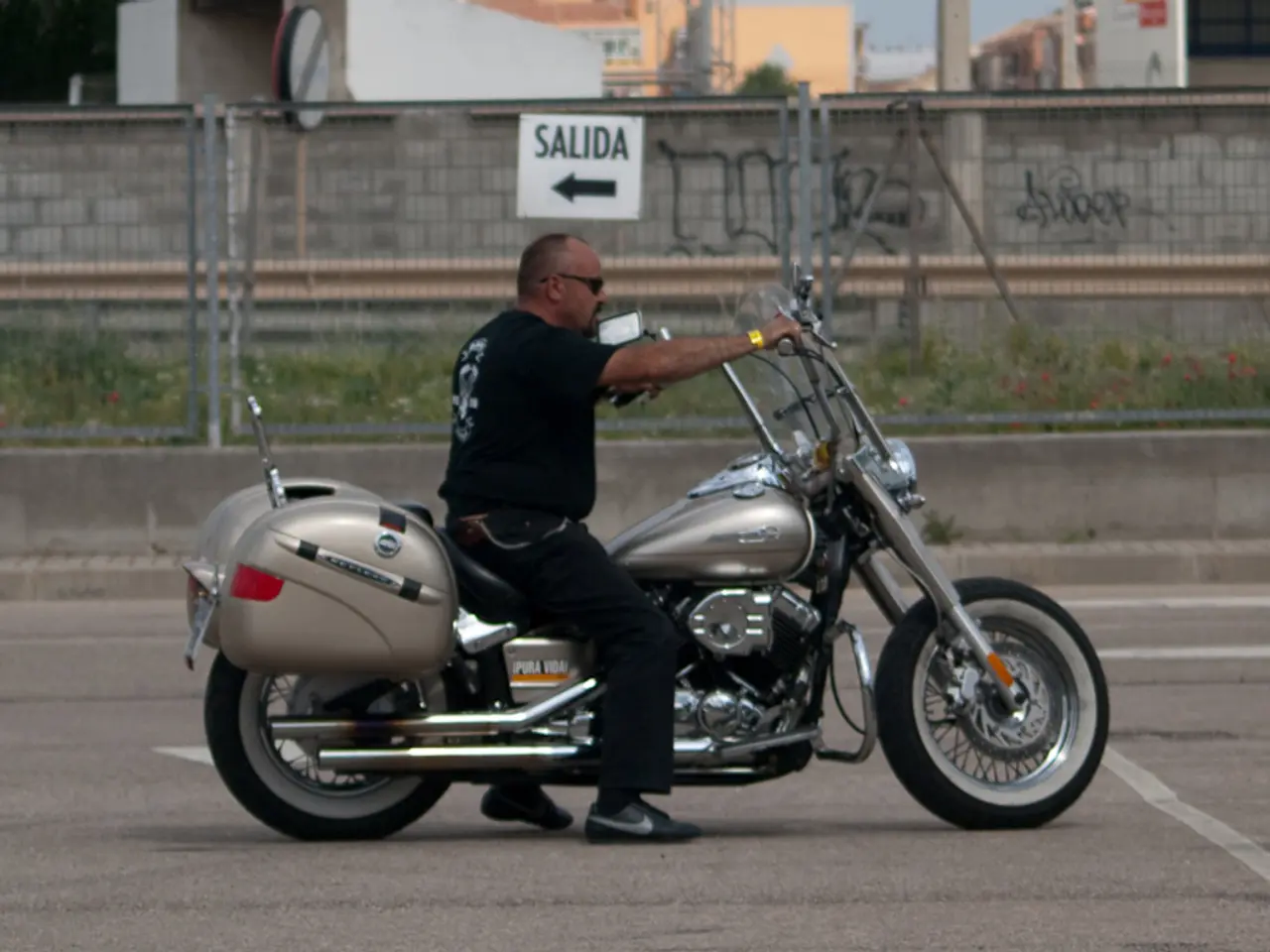Trains in Romania typically cruise along at an average speed of 44 kilometers per hour, according to the union, attributing this slow pace to insufficient investments.
The Romanian railway unions have voiced their concerns over the government's plans to cut costs for Căile Ferate Române (CFR), the country's state railway company. The unions argue that these cost-cutting measures threaten fair compensation for workers and further underfund investment in railway infrastructure, potentially leading to reduced wages or benefits for railway employees while maintaining or worsening Romania’s already poor railway infrastructure compared to other European countries.
In a press release on July 23, the unions criticized the government's plans, stating that compensation for Romanian railway workers is significantly lower than their counterparts in other European Union states, despite the demanding and essential nature of their work. The unions further highlighted that investments in Romania’s railway infrastructure lag behind European standards, which affects service quality, safety, and the country’s economic competitiveness.
The unions' critique focuses both on the social impact—fair pay and worker rights—and on the strategic economic dimension, warning that diminishing railway funding undermines the sector's long-term viability and Romania’s development goals in comparison with its EU peers.
Deputy Prime Minister Dragoş Anastasiu recently stated that 266 state-owned companies generate annual losses totaling RON 2.5 billion, with seven accounting for RON 2 billion. Among these companies are railway operators CFR and CFR Marfă. However, Anastasiu did not specify the exact losses generated by each of the seven companies.
The unionists assert that the state operator CFR Călători is not protected by the government, potentially to the advantage of private operators. Some private operators in Romania currently receive state compensations exceeding 83% or even 108% of their turnover.
In contrast, state compensation in other European countries is substantially higher. For example, in Germany, it is EUR 239/km, in Spain EUR 98/km, in Italy EUR 131/km, in France EUR 298/km, in Hungary EUR 58/km, and in Austria EUR 202/km. In Romania, the state compensation is one of the lowest in the European area, at EUR 42/km.
The slow pace of Romania's railway system is evident in the average speed at which passenger trains travel, which is 44 km/h, and freight trains do not exceed 17 km/h. The unionists claim that the current government's actions will lead to chaos in rail transport in Romania.
Representatives of the National Railway Federation argue that investments in rail infrastructure have never matched the plans for the revival of railway activity. Sufficient amounts have never been allocated for development, maintenance, and compensation in Romania, leading to a lack of new rolling stock, locomotives, and carriages.
The unions' position contrasts with government austerity pressures to reduce deficits and public expenditure, a stance urged by European financial authorities such as ECOFIN. However, the unions argue that long-term investment in the railway sector is crucial for Romania's economic growth and competitiveness within the European Union.
- The unions contend that the government's plans to cut costs for Căile Ferate Române (CFR) could lead to a significant disparity in finance for Romanian railway workers compared to their counterparts in other European Union states, potentially impacting equity in compensation for public-transit workers.
- In light of the government's austerity measures, the unions argue that investment in Romania’s railway infrastructure is vital for the country's economic growth and competitiveness within the European Union, particularly given Western European nations like Germany, Spain, Italy, France, Hungary, and Austria provide higher state compensation per kilometer for railway infrastructure compared to Romania.




